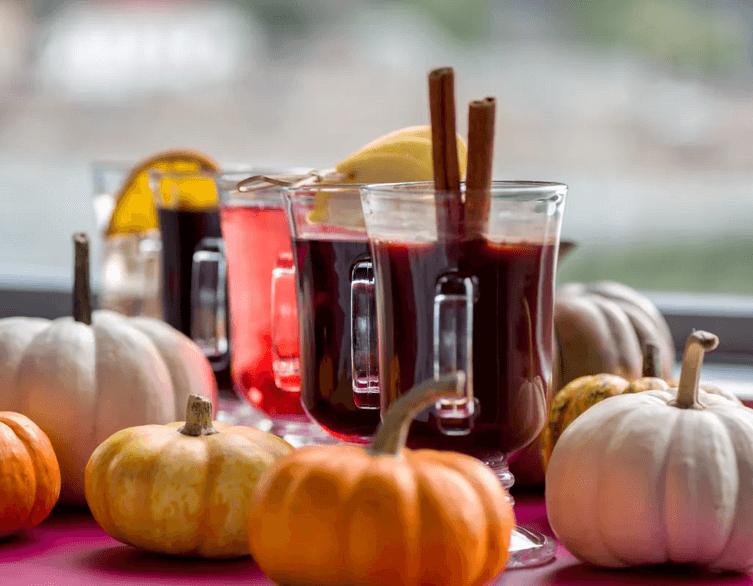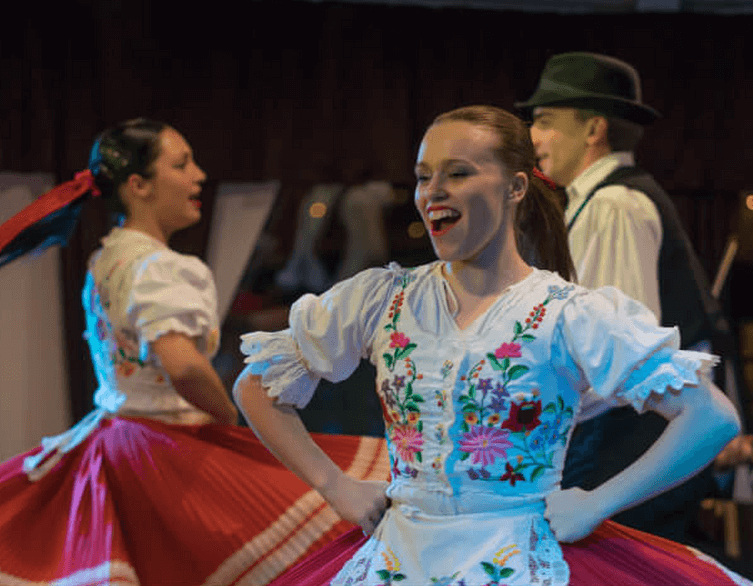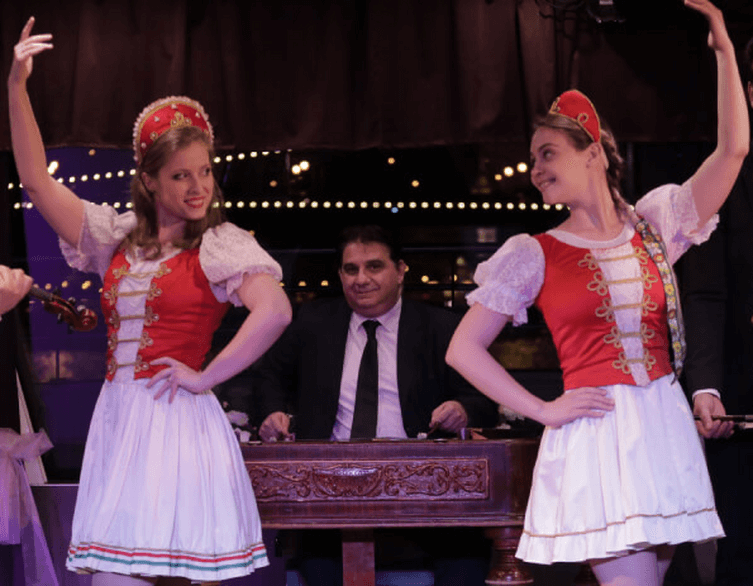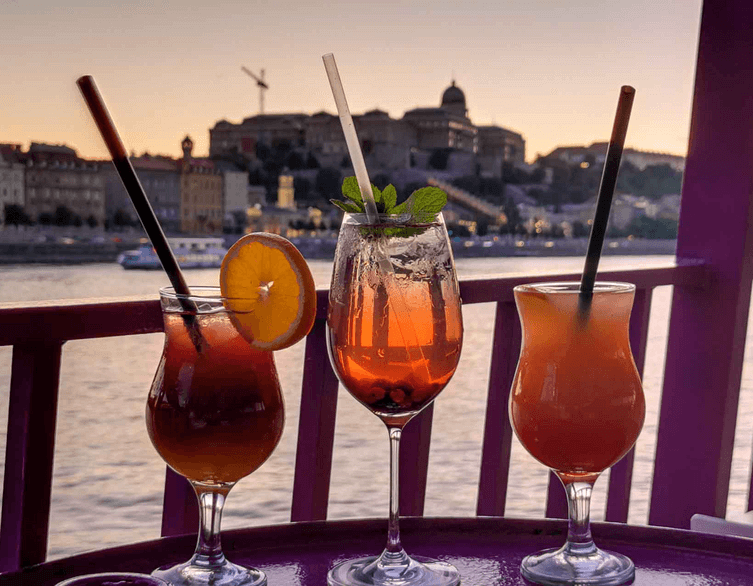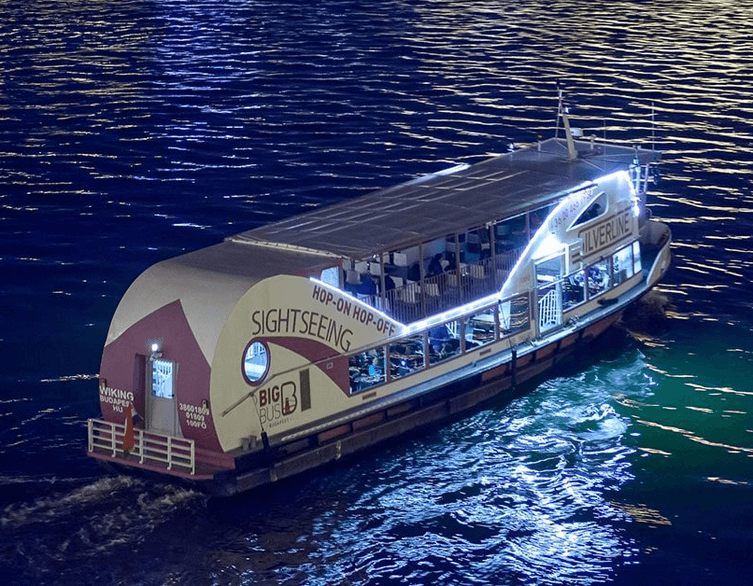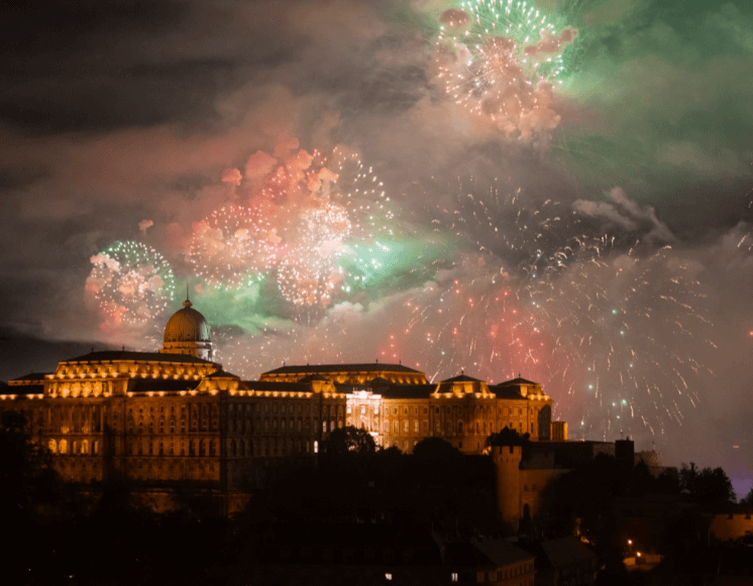Budapest’s St. Stephen’s Day 2025: A Record-Breaking Celebration That Captivated Nearly 800,000 Visitors
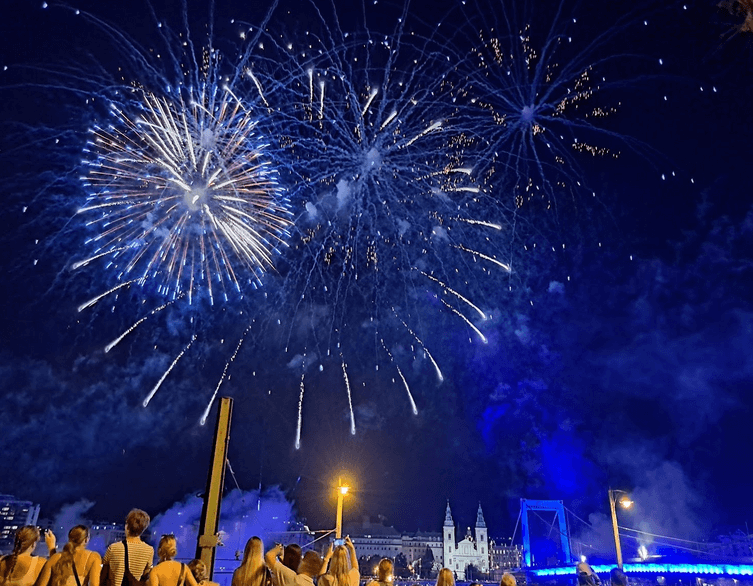
When you think about experiencing Hungary at its most vibrant and celebratory, there’s simply no better time to visit Budapest than during St. Stephen’s Day on August 20th. The 2025 celebration didn’t just break records – it redefined what it means to witness a truly spectacular national holiday in one of Europe’s most beautiful capitals.
A Historic Milestone: Breaking the 800,000 Visitor Mark
The numbers tell an incredible story that will make you want to mark your calendar for next year’s celebration. Using cutting-edge mobile cell tower technology, authorities tracked an astounding 798,000 people who participated in Budapest’s St. Stephen’s Day festivities – making this the largest outdoor event in Hungary’s history. This represents a remarkable 12.5% increase from the previous year, according to the Hungarian Tourism Agency.
What makes these figures even more impressive is the precision with which they were measured. Gone are the days of rough estimates and guesswork. Modern technology now allows event organizers to track mobile device data in real-time, providing an accurate picture of crowd movements and attendance throughout the city. The data covered not just the famous Danube embankments but also nearby streets, the southern part of Margaret Island, and all connecting routes.
The International Appeal: Visitors From 60 Countries Flock to Budapest
Perhaps the most exciting aspect of the 2025 celebration was its incredible international draw. The fireworks display alone attracted over 450,000 spectators to the Danube banks – an increase of 125,000 people compared to 2024. While 80% of attendees were Hungarian, the real surprise came from the nearly 89,000 foreign mobile users who traveled specifically for the celebration, representing a 27% increase from the previous year.
The diversity of international visitors was truly remarkable. Germans made up 10% of foreign attendees, followed by Romanians at 9% and Poles at 7%. Significant numbers also arrived from Slovakia and Italy, demonstrating that Budapest’s St. Stephen’s Day has evolved from a regional attraction into a must-see European cultural event.
This international appeal makes perfect sense when you consider the unique spectacle that unfolds along the Danube. The combination of Hungary’s rich historical significance, stunning architecture as a backdrop, and world-class pyrotechnics creates an experience that simply cannot be replicated anywhere else in Europe.
The Great Convergence: When All of Hungary Comes to Budapest
One of the most heartwarming aspects of the 2025 celebration was how it brought together people from across Hungary. Mobile data identified 395,000 visitors who traveled from outside Budapest specifically for the day’s events – a 13% increase from 2024. This demonstrates that St. Stephen’s Day has become more than just Budapest’s celebration; it’s a national gathering that creates a sense of unity and shared Hungarian identity.
The data revealed particularly strong interest from the districts of Érd, Budakeszi, and Szigetszentmiklós, showing how the capital’s festive atmosphere draws people from throughout the greater metropolitan area. Social media platforms buzzed with videos, photos, and live updates as visitors shared their experiences, creating a digital tapestry that complemented the physical celebration.
Best deals of Budapest
Modern Technology Meets Ancient Tradition
What’s fascinating about the 2025 St. Stephen’s Day is how it perfectly exemplifies the intersection of tradition and innovation. While the celebration honors Hungary’s founding over a thousand years ago, the way people experienced and shared the event was thoroughly modern. The Hungarian Tourism Agency noted that the actual number of people celebrating was likely much higher than the mobile data suggested, as hundreds of thousands more followed the fireworks on television, online streams, or from other vantage points throughout the city.
This created what experts are calling “hybrid participation” – a phenomenon where people can be part of the celebration both physically and virtually. Live streaming allowed families and friends who couldn’t make it to Budapest to still feel connected to the experience, while those present shared real-time updates with loved ones around the world.
A Six-Day Cultural Extravaganza: More Than Just Fireworks
While the August 20th fireworks serve as the grand finale, the 2025 St. Stephen’s Day celebration was actually a six-day cultural marathon that attracted over 3 million visitors to more than a hundred different events throughout Budapest. This extended celebration transforms the entire city into a living festival, offering something special for every type of traveler.
The festivities began the weekend before August 20th with classical music taking center stage at the Philosophers’ Garden on Gellért Hill. The Panorama Classical series offered two days of interactive, family-friendly performances featuring the Modern Art Orchestra, the Hungarian Defense Force Budapest Garrison Band, and the Danubia Orchestra. These weren’t stuffy, formal concerts but engaging experiences where visitors could participate in communal music-making and enjoy themed evenings dedicated to film music and Hungary’s greatest songs.
Musical Diversity Across the City
Music lovers found themselves spoiled for choice throughout the celebration week. In the heart of downtown Budapest, Vigadó Piano created an intimate atmosphere with three days of piano-centered concerts. French chansons, film scores, bossa nova, and swing classics provided a sophisticated soundtrack to the festivities, with performances by renowned Hungarian artists like Malek Andrea and Szulák Andrea.
For those seeking a more contemporary vibe, the Road Movie Live series at Műegyetem rakpart featured two days of performances by major Hungarian artists, building excitement leading up to the main event. Meanwhile, the Retro Tabán venue became a nostalgic journey through Hungarian music history, with iconic bands like Korál, Szikora Róbert and R-GO, Neoton, and Bikini performing their greatest hits across four memorable evenings.
The SzabadRét Festival offered yet another musical dimension, where DJs created the perfect atmosphere for daytime relaxation on the grass and evening dance parties under the stars.
Beyond Music: A Complete Cultural Experience
The 2025 celebration expanded far beyond musical performances to create a comprehensive cultural experience. The new Family Adventure Island at Margaret Island’s Nagy-rét provided sports programs and activities perfect for visitors traveling with children. Meanwhile, CultúrKavalkád at Erzsébet Square celebrated the 200-year tradition of Hungarian sparkling wine, offering tastings and educational experiences about this often-overlooked aspect of Hungarian culture.
Food enthusiasts could explore Hungarian Flavors Street and the Csárda Festival, where traditional and contemporary Hungarian cuisine took center stage. These weren’t just food courts but carefully curated culinary experiences showcasing regional specialties and time-honored cooking techniques.
Families with children found plenty to enjoy at the Creative Festival and Magic Garden, where interactive activities and entertainment created lasting memories for visitors of all ages.
Sweet Recognition: Hungary’s National Cakes Take Center Stage
A particularly delightful aspect of the 2025 celebration was the recognition of Hungary’s national cakes. The Hungarian Confectioners’ Guild awarded the title “Hungary’s Cake” to DCJ Style Exercise, which paid tribute to the 140-year heritage of the classic Dobos cake. The Gyula Artisan Confectionery’s master confectioners, László Balogh and Roland Kis, enhanced the traditional recipe with cherry and cherry brandy, creating a modern interpretation of this beloved dessert.
The sugar-free category was won by “The Dreamer,” created by Alfréd Kovács from the Sweet Line confectionery in Vác. This guilt-free dessert combined cinnamon-chia seed cherry ragout with chocolate cream and cocoa bean crumble, proving that dietary considerations don’t mean sacrificing flavor.
The popularity of these special cakes was extraordinary – over 34,000 slices were consumed on August 19-20 alone, demonstrating how food culture plays an integral role in Hungary’s national celebrations.
The Spectacular Finale: Fireworks, Light Shows, and Drone Choreography
The August 20th evening finale elevated the traditional fireworks display into a multimedia spectacular that left visitors absolutely speechless. The pyrotechnics were synchronized with music and enhanced by monumental light painting and a unique drone show that created three-dimensional patterns in the sky above the Danube.
This wasn’t simply about bigger explosions or brighter colors – it was about creating a cohesive artistic experience that told the story of Hungarian history and culture through light, sound, and movement. The integration of modern visual technology with traditional pyrotechnics created moments of pure magic that had hundreds of thousands of people along the riverbank sharing a collective sense of wonder.
Planning Your Visit: Why St. Stephen’s Day Should Be on Every Tourist’s Bucket List
If you’re planning a trip to Budapest, experiencing St. Stephen’s Day should be at the top of your priority list. The 2025 celebration proved that this event has evolved into one of Europe’s premier cultural festivals, offering an authentic glimpse into Hungarian national pride while providing world-class entertainment.
The key to enjoying St. Stephen’s Day is understanding that it’s not just a single day but an entire week of cultural immersion. Arriving a few days early allows you to experience the build-up, explore the various themed venues, and find your favorite spots along the Danube for the main event.
The diversity of programming means that whether you’re interested in classical music, contemporary performances, traditional crafts, culinary experiences, or simply soaking up the festive atmosphere, you’ll find activities that resonate with your interests.
The Growing International Recognition
The 27% increase in international visitors for 2025 signals that St. Stephen’s Day is rapidly gaining recognition as a must-see European cultural event. This growth reflects both the quality of the programming and Budapest’s increasing reputation as a premier tourist destination.
For international visitors, the celebration offers something unique that you simply cannot experience elsewhere – the opportunity to witness an entire nation coming together to celebrate its founding and cultural identity. The combination of historical significance, artistic excellence, and genuine Hungarian hospitality creates an emotional connection that transcends language barriers.
Looking Ahead: The Future of St. Stephen’s Day Celebrations
Based on current trends, organizers are already predicting that the 2026 celebration could attract up to one million people to the Danube banks alone. This growth trajectory suggests that St. Stephen’s Day is becoming not just Hungary’s national holiday but a significant international cultural event that draws visitors from around the world.
The success of the 2025 celebration demonstrates how traditional celebrations can evolve and expand while maintaining their cultural authenticity. The integration of technology for crowd management and the expansion of programming to include diverse cultural experiences shows how national holidays can adapt to contemporary expectations without losing their essential character.
For travelers seeking authentic cultural experiences in Europe, Budapest’s St. Stephen’s Day offers something increasingly rare – a genuine national celebration where visitors are welcomed as honored guests rather than mere tourists. The warmth of Hungarian hospitality, combined with the spectacular setting and world-class programming, creates memories that last a lifetime.
Whether you’re drawn by the music, the food, the history, or simply the incredible energy of nearly 800,000 people celebrating together, St. Stephen’s Day in Budapest represents everything that makes travel truly transformative. It’s not just about witnessing a celebration – it’s about becoming part of a living tradition that connects past, present, and future in one unforgettable experience.
Related news


